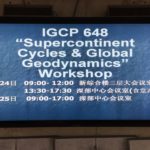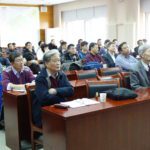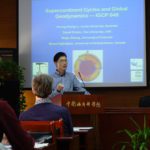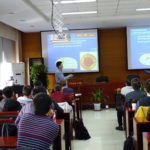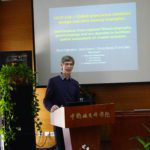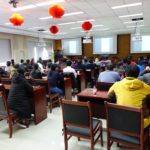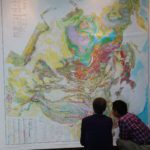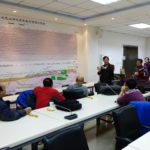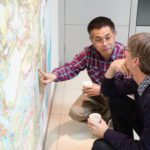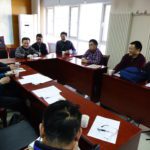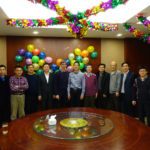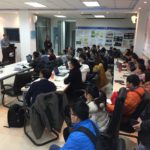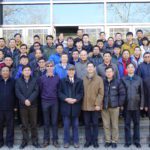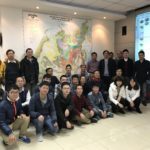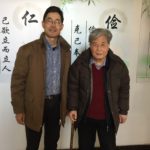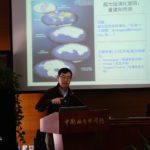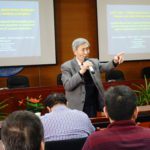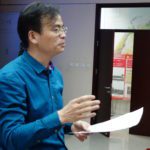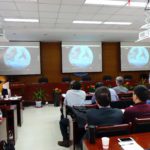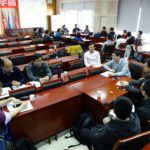IGCP 648 China National Working Group kick started the compilation of the Asian database
On 24 February 2017, the IGCP 648 China National Working Group was formed in Beijing. Over 50 researchers participated and the entire career spectrum was represented, from the Chinese Academy of Geological Sciences’ Institute of Geology and China Deep Exploration Center—SinoProbe Center, China Geological Survey, the Chinese Academy of Sciences’ Institute of Geology and Geophysics and Guangzhou Institute of Geochemistry, China University of Geosciences (Beijing and Wuhan), Peking University, Ocean University of China, Zhejiang University, Northwest University, Nanjing University, Hohai University, and Shougang Company’s exploration arm. Amongst the participants were many postgraduate students, mid-career research leaders, and academicians Professors Tingdong Li, Jishun Ren, and Chengshan Wang. Professor Tao Wang of the Chinese Academy of Geological Sciences was elected the Leader of the China National Working Group, and Professor Wenjiao Xiao of the Chinese Academy of Sciences, and Professor Xiumian Hu of Nanjing University, were elected the Deputy Leaders.
Project Co-Leaders Bruce Eglington and Zheng-Xiang Li, assisted by Professors Shuwen Dong, Tao Wang and Ms Qi Zhou from the Chinese Academy of Geological Sciences, conduced a very successful two-day workshop, during 24–25 February, on how to establish the East Asia part of the IGCP 648 geotectonic and mineral deposit database using the existing 1:2.5 million and 1:5 million digital geological maps as the base map. The first day of the workshop focused on the overall scope of IGCP 648, the importance of constructing a globally consistent geotectonic and mineral deposit database for various global temporal-spatial analyses and modeling, for data-rich paleogeographic reconstructions, and for data mining in general. A working structure and workflow were formulated with the aims of completing the compilation of the East Asia database compilation within 12–18 months, and producing one or two journal special issues based on synthesis papers utilising the newly constructed database, reconstruction tools such as GPlates, datamining tools, and possibly geodynamic modelling. During the second day of the workshop, members focused mostly on hands-on aspects of the database compilation. More detailed information about the content of the workshop will be made available at the IGCP 648 website under the database tab.
A similar database workshop will be conducted on 9–10 June 2017 in Townsville, Queensland, Australia, prior to the Rodinia 2017 conference (see http://geodynamics.curtin.edu.au/rodinia-2017/ for information; abstract submission deadline 30 March 2017). We look forward to seeing many project members there.

